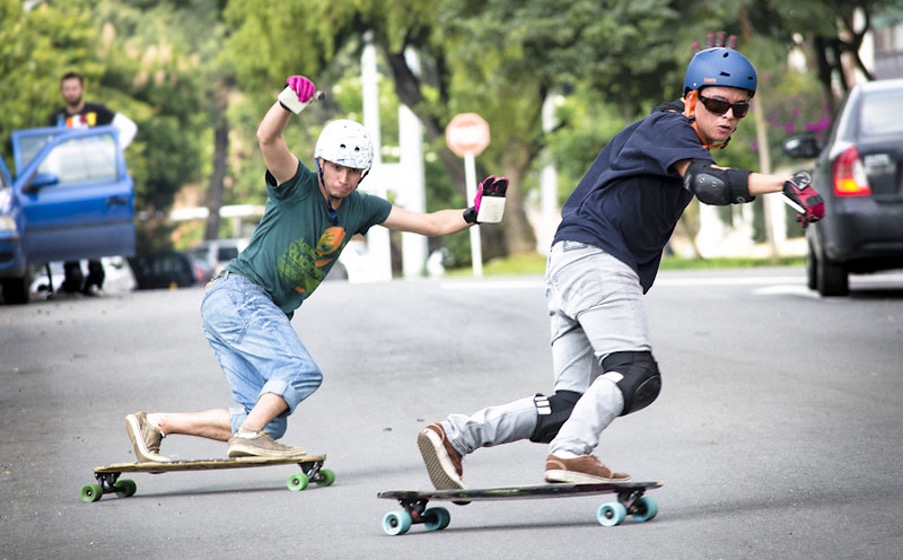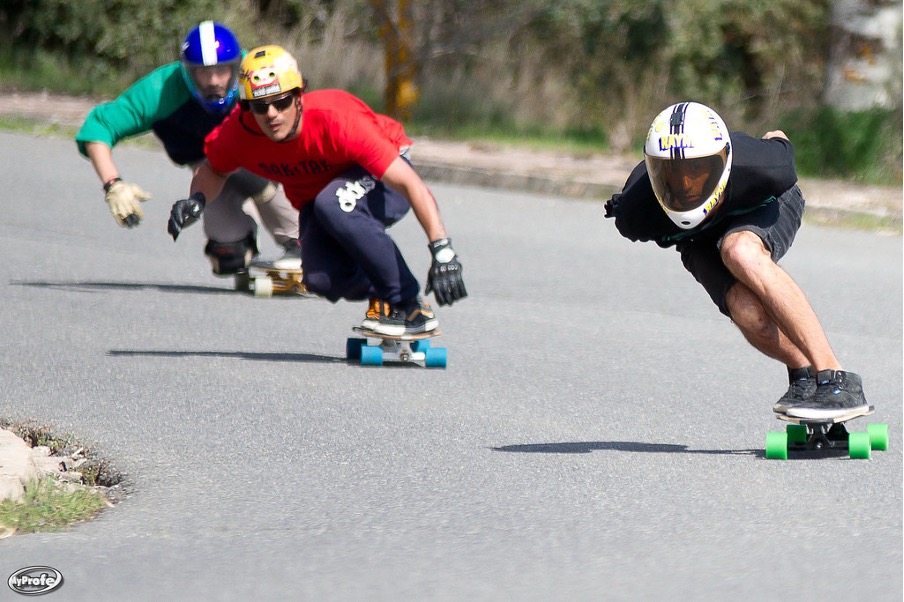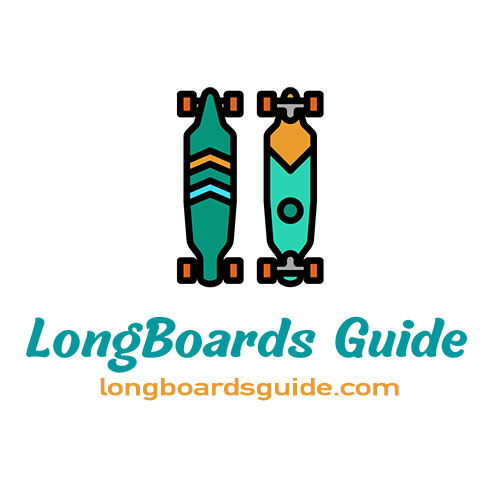If you’re a little older, you may be wondering, “am I too old to longboard?”. Skateboarding has no age restriction; it depends on how healthy you are.
But, older skaters should go slow and gentle and use pads. Your first few days will be uncomfortable, but you’ll have a blast after you strike the correct balance.
This article will discuss how to learn to skate at each age and provide some tips to help seniors reduce injuries while riding. Let’s get started!
Am I Too Old To Longboard?
Skateboarding may be learned at any age, as long as you’re healthy and in decent physical form. There’s no age restriction whether you’re in your twenties, thirties, forties, or fifties.
When you start skating in your 30s or 40s, it might be awkward, but practice makes perfect. Find tutorials that are appropriate for your age in this section!
Twenty Years Old
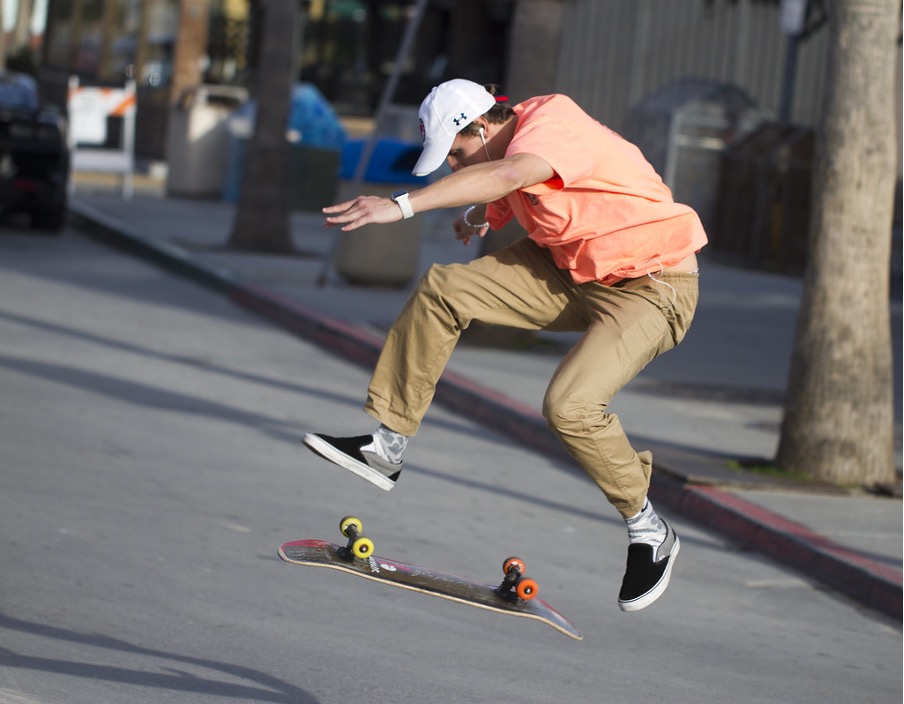
In their twenties, you may realize that you are not invincible. Twenty-year-olds begin to recognize that they recover more slowly and have less vitality.
People in their twenties still have decades of action ahead of them, and many might become aggressive in skateboarding at this age.
Skateboarding in your early twenties is acceptable. You’re unlikely to become a professional, but that doesn’t mean you can’t have a good time.
Between Thirty And Forty Years Old
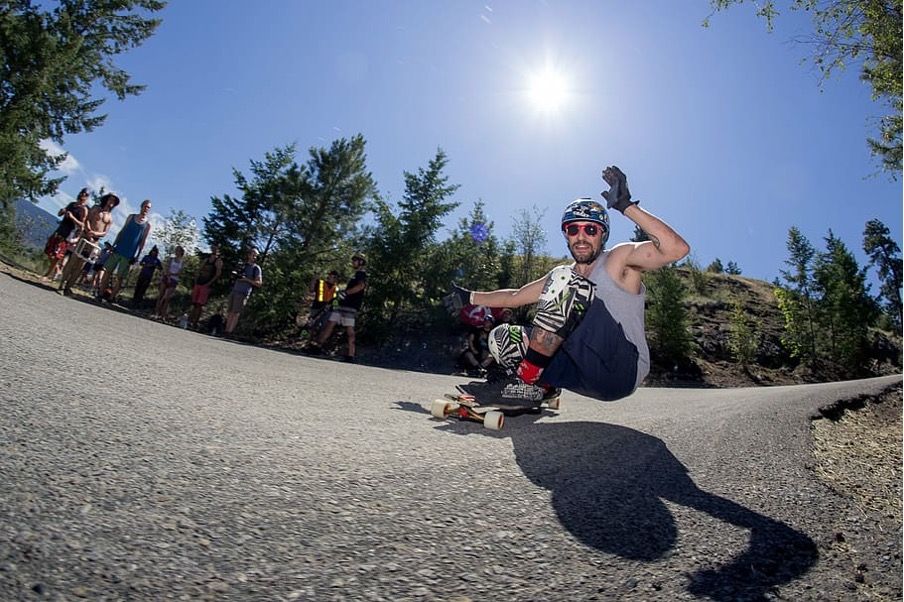
It is when age becomes significant. It will ache every time you fall when you are in your forties. You may have damaged several ribs and hurt your heel.
But, people older than 40 years old skateboarding may do. There is no age restriction since the only thing that limits someone is their physical capabilities.
Fifty Years Old

If you’re in your fifties and want to start skating, I suggest starting with longboarding. There’s less danger, which you want to avoid as much as possible at that age.
You might also choose an electric skateboard, which is simple to master and does not need much physical exertion.
Common Injuries For Older Longboarders
So, what are the most common health concerns for you? The most frequent joint issues and injuries include your knee while you push or carve – or even as soon as your foot is on your board.
Changing directions often while bending your knees puts a lot of strain on your knee joints.
Your knee joints may be tight or unstable, making bending your knees challenging. Ankle sprains and joint dislocations are more significant common disorders.
Wipeouts may also occur when your longboard comes to a halt after colliding with a stone or crack. You may snag your foot while attempting to break or get overwhelmed by speed wobbles.
Stiff joints might make matters worse by making it difficult to adjust your position immediately or hop off and run it out. There’s a risk you’ll wind up with a wrist sprain or fracture if you fall, even at a slow pace.
That’s when reality sets in, and you start to question if you’re too old for this. Also, since you don’t recover as quickly as you used to as you grow older, injuries might be much more of a bother.
So, should you stop longboarding? Certainly not. Here are some things you can take to lessen your risk of injury.
How To Avoid Injury While Longboarding When You Get Old?
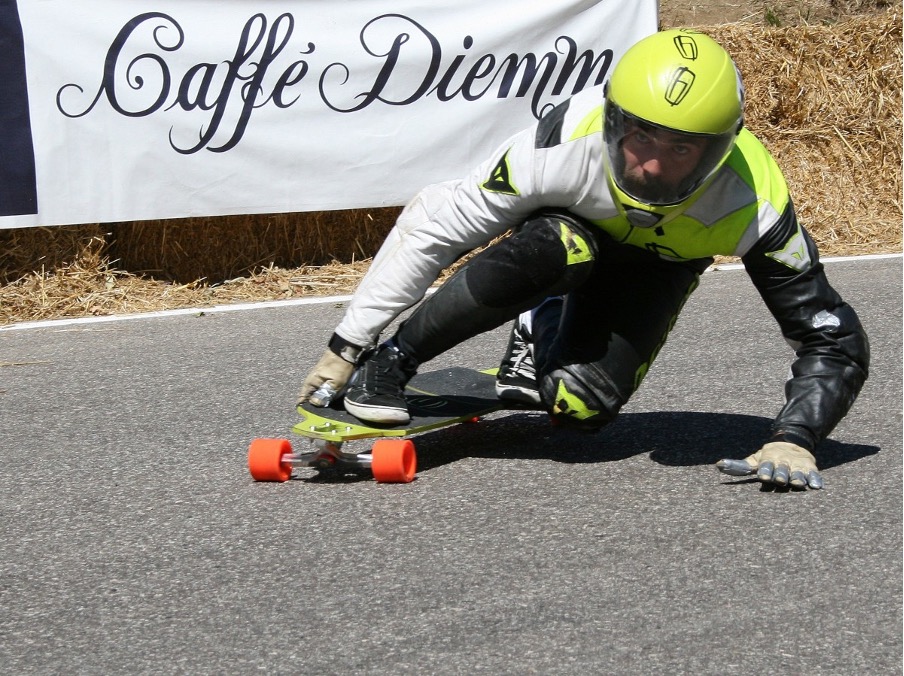
Here are some pointers for older skateboarders. These suggestions are based on my observations and experiences.
- Get a wider board and some decent parts.
- Wear appropriate footwear and protective gear.
- Begin with a swatch of grass or a swatch of carpet.
- Take a few classes and record yourself.
- Good skate shoes are very beneficial to the body.
- Warm your muscles up before each ride.
FAQs
Is 40 too old to longboard?
Even at the age of 40 or 50, you can learn to skateboard!
When should I stop longboarding?
If you’re going at a modest pace on a flat surface, such as 10-15 mph, the most straightforward and most apparent method to stop on your longboard is to stop pushing and ride it out, allowing friction from the ground to slow you down.
Are longboards hard to ride?
Longboarding is less challenging to learn than other boarding sports. It is the most straightforward board sport to learn due to its components that let you go vast distances with ease.
Should a beginner get a longboard?
A cruiser longboard is ideal for most beginners. If you’re searching for a novice cruiser board, it should be at least 30 inches long and 8.5 inches broad.
It will be simpler to balance on an extended, broad deck. The wheels should be big and soft so that they may easily roll over cracks and bumps.
Is a longboard harder than a skateboard?
Skateboarding is more complex than longboarding. Longboards are broader, longer, and have softer wheels, making maintaining balance simpler.
Because of their smaller size and more rigid wheels, skateboards are more challenging to ride. Let’s learn how to longboard with the following video:
Wrapping Up
So there you have the answer to the question: am I too old to longboard?
It’s important to remember that you’re never too old to start skating. You can begin longboarding whether you’re 30, 70, or anywhere in between if:
- You’re in good physical condition.
- You don’t have significant hip, knee, ankle, foot, or back problems.
- Your aim isn’t to ride enormous ramps or blast massive slopes.
- You’re a patient person who enjoys learning new things.
- You like interacting with individuals of all ages and backgrounds.
Just make sure you’re safe and stay away from danger. Ensuring the factors will help you avoid serious injuries. Start practicing with my tips in this article!
Find more helpful tips on making your longboard faster and how to stop on a longboard. Thank you for reading!




